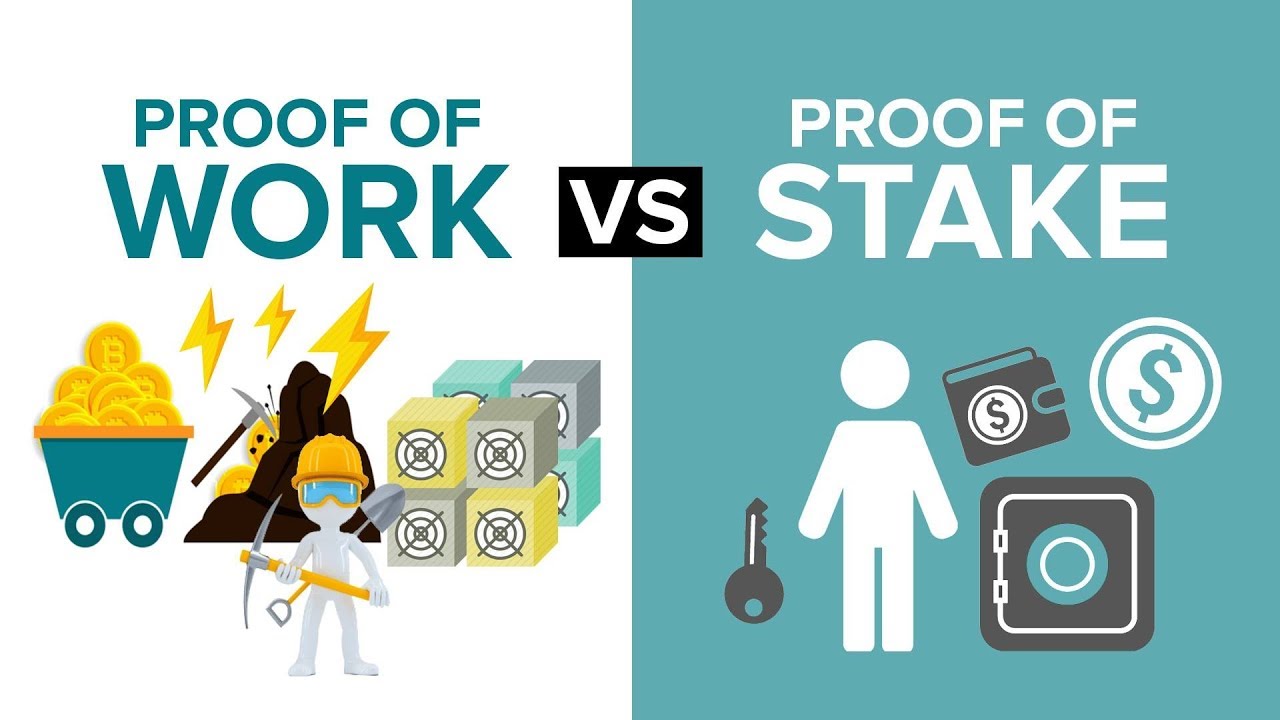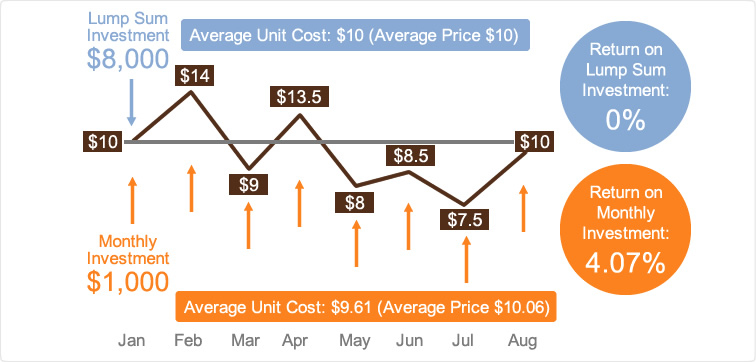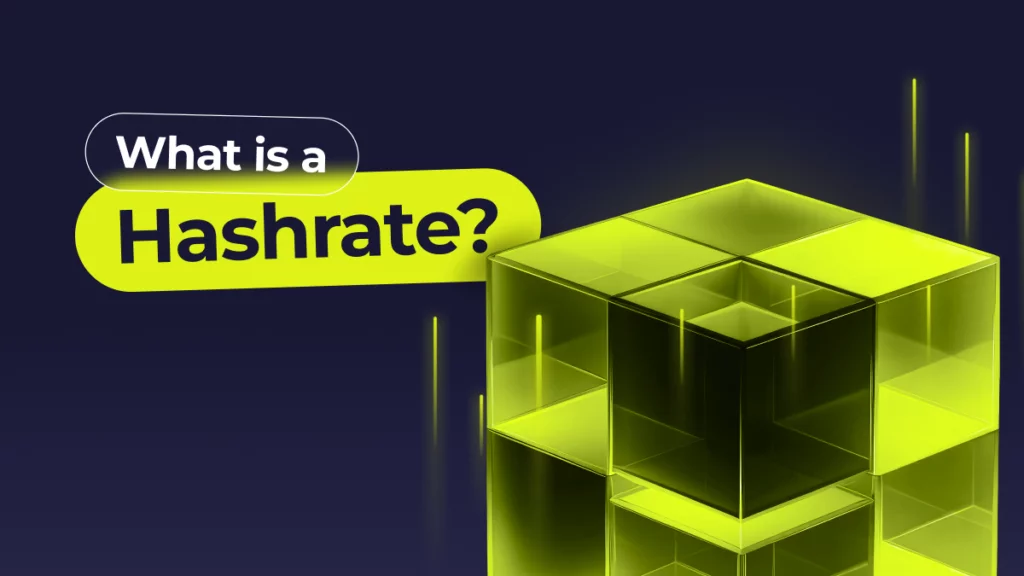Proof of Work vs Proof of Stake: Understanding the Key Blockchain Consensus Mechanisms
As blockchain technology continues to gain traction across industries, one of the most critical components of its design is the consensus mechanism. This mechanism ensures that all participants in a decentralized network agree on the current state of the blockchain. The two most widely used consensus mechanisms are Proof of Work (PoW) and Proof of Stake (PoS).
In this article, we’ll explore what PoW and PoS are, how they differ, their advantages and disadvantages, and which one may define the future of blockchain.
🔐 What is a Consensus Mechanism?
In a decentralized network like a blockchain, there is no central authority to validate transactions. Instead, consensus mechanisms ensure that all nodes in the network agree on a single source of truth.
They are vital for:
- Verifying and validating transactions
- Preventing double-spending
- Securing the network from attacks
The two leading mechanisms, Proof of Work and Proof of Stake, take different approaches to achieving these goals.
🧱 What is Proof of Work (PoW)?
Proof of Work is the original consensus mechanism used by Bitcoin and many other early cryptocurrencies. It involves solving complex mathematical problems to validate transactions and add new blocks to the blockchain.
🔧 How It Works:
- Miners compete to solve a cryptographic puzzle.
- The first miner to solve it gets to add the next block to the blockchain.
- The miner is rewarded with newly minted coins (block reward) and transaction fees.
- The difficulty of the puzzle adjusts to maintain consistent block times (e.g., Bitcoin = ~10 minutes).
✅ Advantages of Proof of Work:
- High Security: Requires significant computing power to attack.
- Decentralization: Mining is open to anyone with the necessary hardware.
- Proven Track Record: Used successfully by Bitcoin for over a decade.
❌ Disadvantages of Proof of Work:
- Energy Consumption: Mining uses enormous amounts of electricity.
- Environmental Impact: Criticized for carbon emissions.
- Centralization Risks: Mining is dominated by large players with access to cheap electricity and hardware.
- Slower Transactions: Less scalable due to time and energy requirements.
💠 What is Proof of Stake (PoS)?
Proof of Stake is a newer consensus mechanism designed to be more energy-efficient and scalable. Instead of solving puzzles, validators are chosen based on how much cryptocurrency they “stake” (lock up) as collateral.
🔧 How It Works:
- Users stake their cryptocurrency in the network.
- The protocol randomly selects a validator (or group of validators) to propose the next block.
- Validators earn rewards for confirming transactions honestly.
- Dishonest behavior (e.g., double-spending) can lead to a loss of staked funds (slashing).
✅ Advantages of Proof of Stake:
- Energy Efficient: No need for power-hungry mining rigs.
- Faster Transactions: Better suited for scalability and high throughput.
- Lower Barriers to Entry: Users can stake coins with minimal hardware.
- Encourages Long-Term Commitment: Validators are incentivized to act in the network’s best interest.
❌ Disadvantages of Proof of Stake:
- Wealth Concentration: Wealthier users with more tokens have greater influence.
- Less Battle-Tested: Compared to PoW, it has a shorter track record.
- “Nothing at Stake” Problem: Validators might support multiple chains in case of a fork, as there’s no cost like electricity to doing so.
- Slashing Risks: Mistakes or attacks could lead to staked funds being lost.
⚖️ Key Differences Between PoW and PoS
| Feature | Proof of Work (PoW) | Proof of Stake (PoS) |
|---|---|---|
| Validation Method | Mining via solving puzzles | Staking coins as collateral |
| Energy Usage | High | Low |
| Hardware Requirement | Specialized (ASICs, GPUs) | Minimal (PC or staking service) |
| Security Cost | Electricity & equipment | Risk of losing staked coins |
| Block Creators | Miners | Validators |
| Decentralization Risk | Hardware centralization | Token centralization |
| Incentives | Block rewards + transaction fees | Staking rewards + transaction fees |
| Example Coins | Bitcoin, Litecoin, Dogecoin | Ethereum (since Merge), Cardano, Solana |
🌍 Real-World Examples
🪙 PoW-Based Blockchains:
- Bitcoin (BTC): The most secure and popular PoW chain.
- Litecoin (LTC): Faster block time but still PoW-based.
- Monero (XMR): Privacy-focused, CPU-mining friendly.
💎 PoS-Based Blockchains:
- Ethereum (ETH): Transitioned to PoS in 2022 with The Merge.
- Cardano (ADA): Designed from the ground up with PoS.
- Polkadot (DOT): Uses nominated PoS (NPoS).
- Solana (SOL): Hybrid PoS with high throughput.
🔁 Ethereum’s Transition: The Merge
One of the most significant events in blockchain history was Ethereum’s transition from PoW to PoS in September 2022, known as The Merge. This move:
- Reduced energy usage by over 99.95%
- Enabled future scalability improvements (e.g., sharding)
- Introduced staking for validators and ETH holders
Ethereum now uses validators instead of miners, encouraging more eco-friendly and cost-effective participation.
🔐 Security Considerations
PoW Security:
- Attacks require majority control of the network’s computing power (51% attack).
- Extremely expensive and difficult for large chains like Bitcoin.
PoS Security:
- Attacks require control of a majority of the staked coins.
- Slashing and penalties discourage malicious behavior.
- Still evolving and subject to theoretical risks.
🔄 Hybrid and Alternative Mechanisms
Some blockchains explore hybrid models or alternative consensus mechanisms:
- Delegated Proof of Stake (DPoS): Used by EOS, where token holders vote for delegates.
- Proof of Authority (PoA): Validators are pre-approved — suitable for private chains.
- Proof of History (PoH): Used by Solana alongside PoS to improve speed.
- Hybrid PoW/PoS: Decred (DCR) uses both to balance security and efficiency.
🚀 Which Is Better: PoW or PoS?
It Depends On the Use Case:
| Use Case | Best Fit |
|---|---|
| High security, censorship-resistance | PoW (e.g., Bitcoin) |
| Energy efficiency, scalability | PoS (e.g., Ethereum) |
| Enterprise blockchain solutions | PoA or Private PoS |
| Experimental or newer dApps | PoS and variants |
🧠 Final Thoughts
Proof of Work laid the foundation for blockchain security and decentralization. It’s battle-tested, reliable, and the reason Bitcoin is trusted by millions. However, its energy demands and scalability limitations present a major challenge.
Proof of Stake, on the other hand, represents the future of eco-friendly and scalable blockchains. With Ethereum’s move to PoS and the rise of new platforms like Cardano and Polkadot, it’s clear that the ecosystem is shifting toward sustainability.
Yet, the ultimate success of either system will depend on continued innovation, adoption, and security enhancements.




